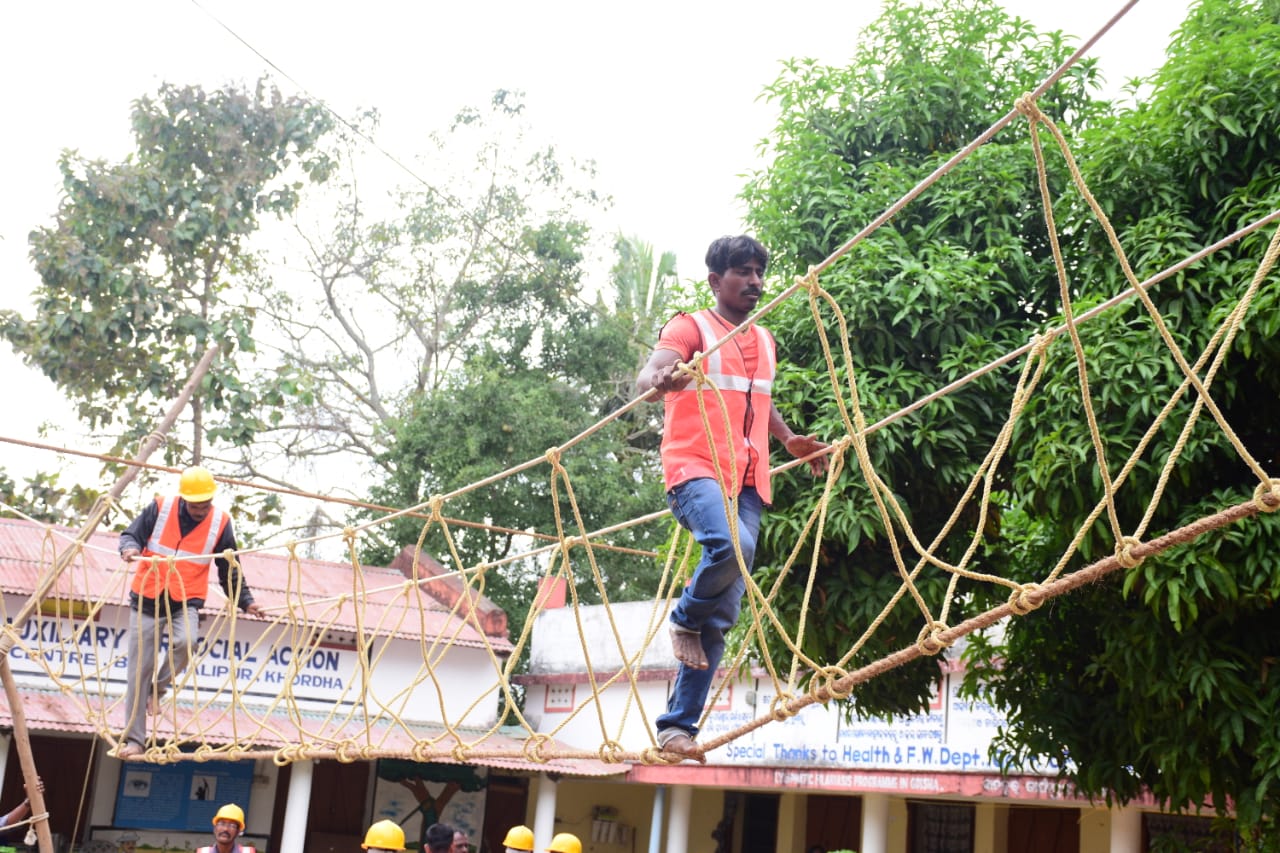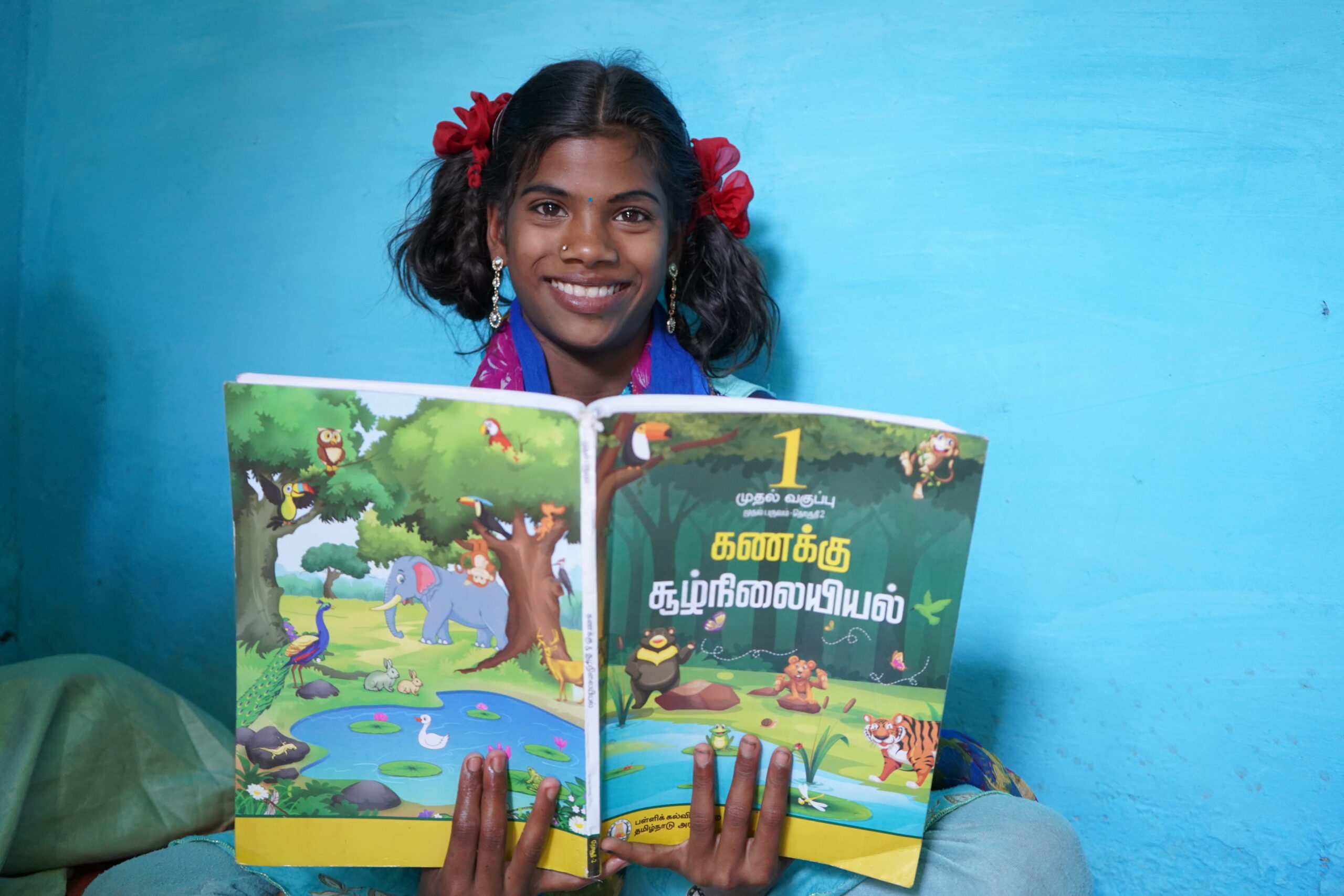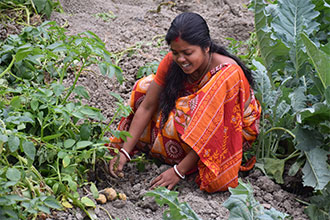CASA BLOGS

Importance of engaging community during disaster risk management with NGOs
Engaging the community during disaster risk management (DRM) is of paramount importance in building resilience, preparedness, and effective response to disasters. Non-Governmental Organisations (NGOs) play a crucial role in facilitating community engagement and empowering local communities to actively participate in DRM efforts. In this article, we will explore the importance of engaging the community during Disaster Risk Management with NGOs, focusing on various subtopics.
1. Community Empowerment:
Engaging the community empowers individuals to take ownership of their safety and well-being. Through awareness programs, training sessions, and capacity-building initiatives facilitated by NGOs, communities can acquire the knowledge, skills, and resources necessary to prepare for and respond to disasters. By actively involving the community, NGOs help build resilience at the grassroots level, ensuring that individuals are equipped to mitigate risks and effectively manage disasters.
2. Local Knowledge and Contextual Understanding:
Communities possess invaluable local knowledge and contextual understanding of their surroundings. This knowledge, accumulated over generations, includes information about geographical features, climate patterns, vulnerabilities, and coping mechanisms. NGOs, through community engagement, tap into this knowledge and work collaboratively with communities to develop effective DRM strategies. By incorporating local knowledge, Disaster Risk Management efforts become more context-specific, relevant, and responsive to the unique needs and challenges of the community.
3. Enhanced Early Warning Systems:
Effective early warning systems are crucial for timely evacuation and preparedness during disasters. Engaging the community helps in establishing reliable communication networks, disseminating early warnings, and ensuring that the community understands the significance of these warnings. NGOs, in partnership with local authorities, can educate communities about the signs and signals of imminent disasters, enabling them to take prompt action. This engagement leads to increased response readiness and reduces the vulnerability of the community.
4. Building Trust and Cooperation:
Community engagement fosters trust and cooperation between NGOs like CASA, local authorities, and the community members. When communities actively participate in Disaster Risk Management efforts, they develop a sense of ownership and trust in the initiatives undertaken. NGOs, by working closely with communities, build relationships based on mutual understanding, respect, and collaboration. This trust is vital during emergency situations as it facilitates effective coordination, information sharing, and mobilization of resources for a timely and efficient response.
5. Strengthened Social Cohesion:
Disasters often disrupt social networks and cohesion within communities. Engaging the community during Disaster Risk Management helps strengthen social cohesion and resilience. NGOs facilitate community-driven initiatives, such as community-based disaster preparedness committees, where individuals come together to collectively address disaster risks. These platforms promote social cohesion, foster cooperation, and enhance community resilience. By engaging the community, NGOs empower individuals to support each other during emergencies, ensuring that no one is left behind.
6. Participatory Risk Assessment and Planning:
Community engagement enables participatory risk assessment and planning, where community members actively contribute to identifying hazards, vulnerabilities, and capacities within their locality. NGOs facilitate community-based risk assessments, empowering individuals to understand and assess the risks they face. This participatory approach ensures that Disaster Risk Management strategies are tailored to the specific needs and priorities of the community. It also enhances the sense of ownership and responsibility, making the community more committed to implementing the identified risk reduction measures.
7. Effective Information Dissemination:
During disasters, accurate and timely information is critical for making informed decisions and taking appropriate actions. NGOs, in collaboration with the community, play a vital role in disseminating information and raising awareness about disaster risks, preparedness measures, and response protocols. Through workshops, community meetings, and awareness campaigns, NGOs ensure that information reaches all segments of the community, including marginalized and vulnerable groups. This empowers individuals to make informed choices and take proactive steps to safeguard their lives and livelihoods.
8. Inclusive Approach:
Engaging the community during DRM with CASA ensures an inclusive approach that considers the needs and concerns of all community members regardless of their age, gender, socioeconomic status, or physical abilities. NGOs, through their community engagement initiatives, promote inclusivity by involving diverse stakeholders in DRM activities. This includes women, children, elderly individuals, persons with disabilities, and other marginalized groups. By actively engaging these groups, NGOs ensure that their voices are heard, their specific vulnerabilities are addressed, and their contributions are valued in Disaster Risk Management decision-making processes.
9. Local Resource Mobilization:
Community engagement facilitates local resource mobilization during disasters. NGOs, in collaboration with the community, encourage the identification and utilization of local resources and capacities. This includes leveraging traditional knowledge, local infrastructure, and community-based support systems. By tapping into local resources, communities become more self-reliant and better equipped to respond to emergencies. NGOs play a crucial role in facilitating this process, linking communities with external resources and technical expertise when needed.
10. Sustainable and Long-Term Impact:
Engaging the community during DRM with the support of NGOs promotes sustainable and long-term impact. Rather than implementing top-down approaches, community engagement allows for bottom-up solutions that are rooted in the community’s needs and aspirations. By involving the community in decision-making, planning, and implementation, DRM efforts are more likely to be embraced and sustained over time. The empowerment and capacity-building initiatives facilitated by NGOs create lasting change within communities, enhancing their resilience not just during disasters but also in their day-to-day lives.
In conclusion, engaging the community during Disaster Risk Management with the assistance of NGOs is essential for effective disaster risk management. It empowers communities, harnesses local knowledge, enhances early warning systems, builds trust and cooperation, strengthens social cohesion, promotes participatory planning, ensures inclusive approaches, facilitates information dissemination, encourages local resource mobilization, and drives sustainable impact. By actively involving the community, NGOs contribute to building resilient communities capable of effectively managing and recovering from disasters. It is through this collective effort that we can create a safer and more resilient future for all.
Featured Post

Empowering Rural Education in India:
14 Mar 2024
Introduction: In the vast tapestry of India, education is the key to unlocking the door to a brighter future. However, the challenge of providing quality education to the rural parts of the country persists. In this blog post, we will delve into the crucial role that Non-Governmental Organizations (NGOs) play in bridging the educational gap […]

Empowering the Future: Disaster Management Training for School Children in Disaster-Prone Areas
22 Feb 2024
Introduction: In the face of increasing natural disasters worldwide, it becomes imperative to equip our younger generation with the knowledge and skills necessary to handle emergency situations. Children, being one of the most vulnerable groups during disasters, can greatly benefit from disaster management training. This blog explores the significance of imparting such training, with a […]

Empowering Women: Transforming Lives Through Sustainable Livelihoods in Rural India
16 Feb 2024
Introduction: In the heart of rural India, a silent revolution is taking place as women embrace newfound opportunities for sustainable livelihoods. This transformation not only uplifts individual lives but also contributes to the overall development of communities. At [Your Organization’s Name], we are committed to driving positive change by providing women in rural India with […]


 Previous Blog Post
Previous Blog Post 

Leave a Reply
You must be logged in to post a comment.